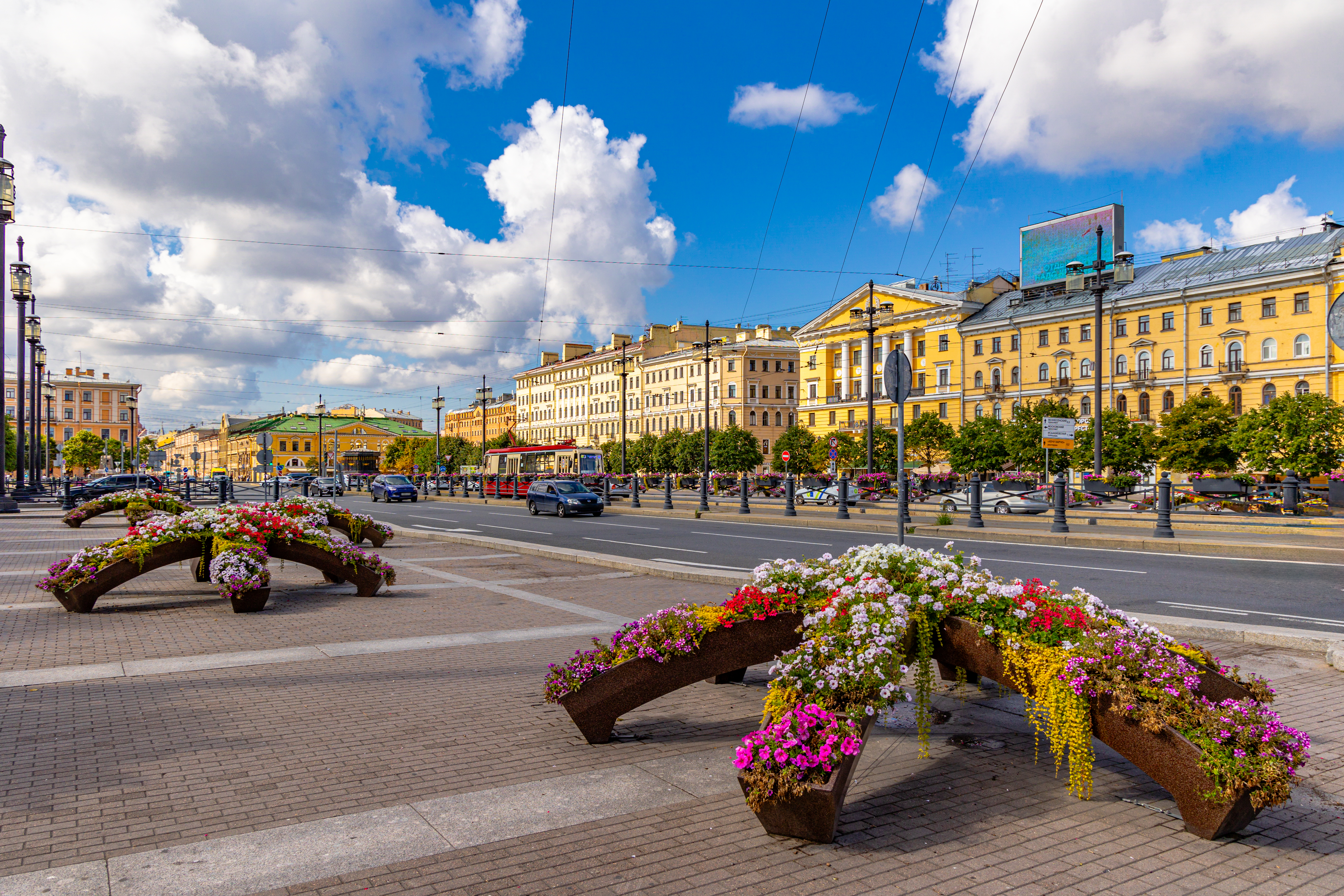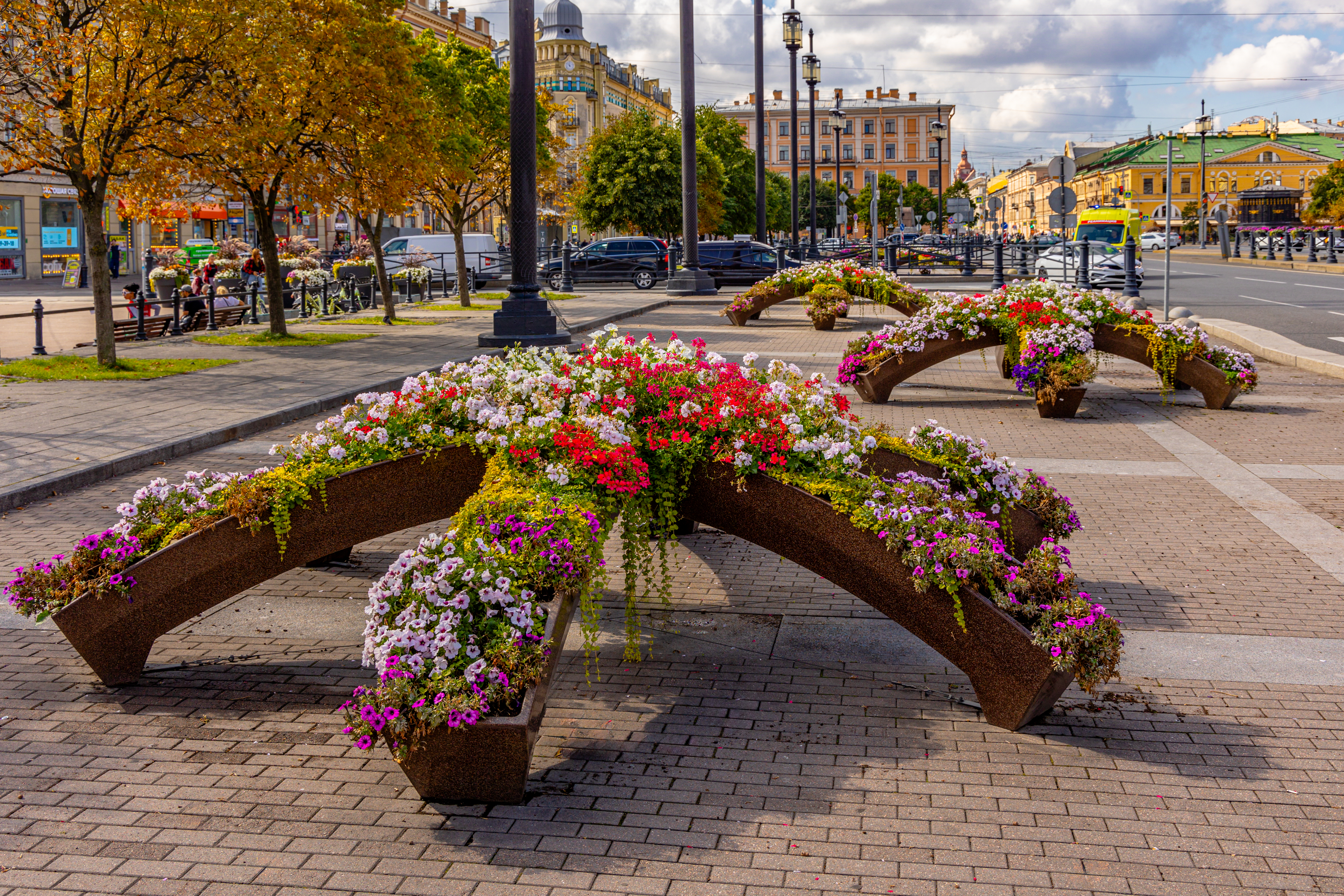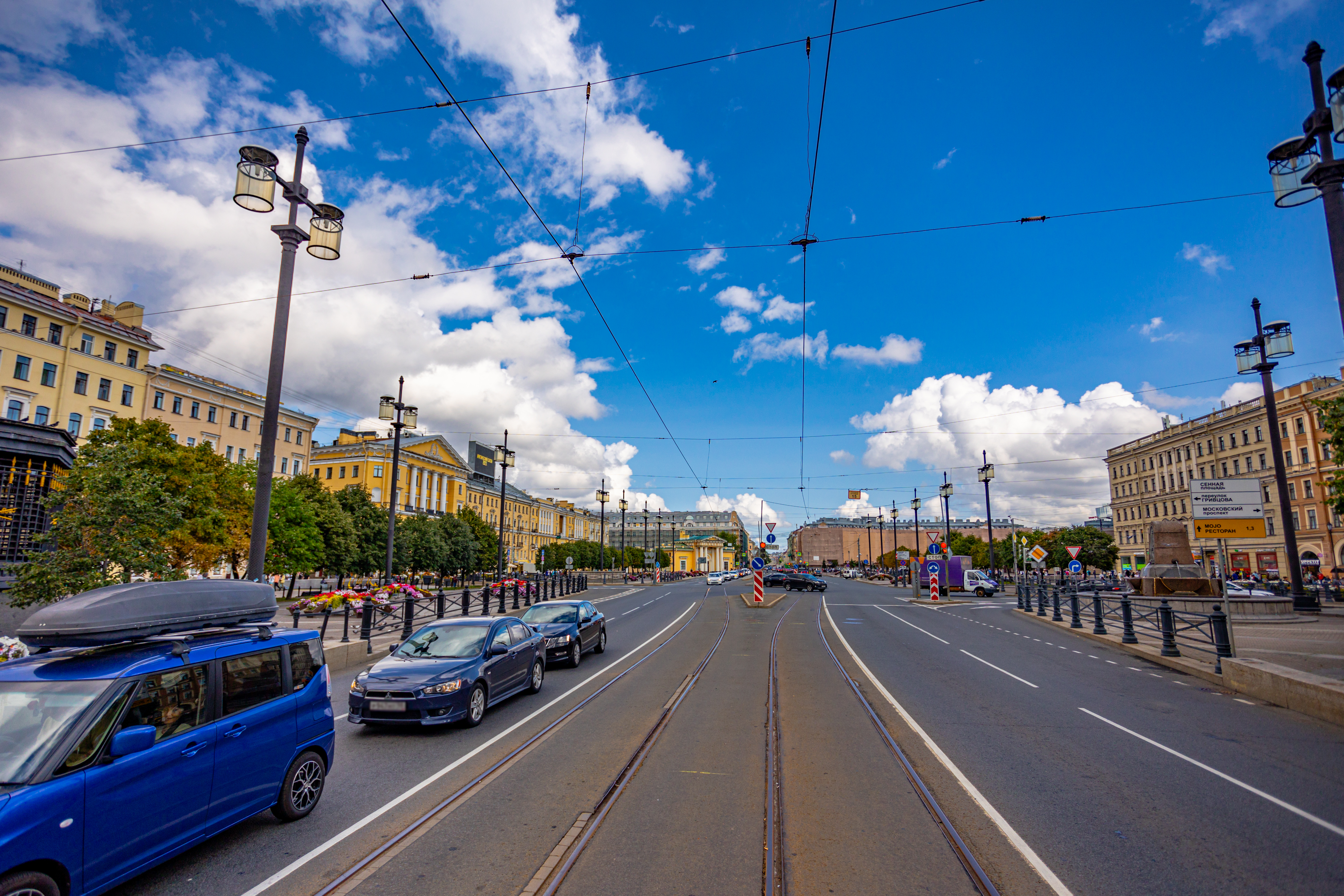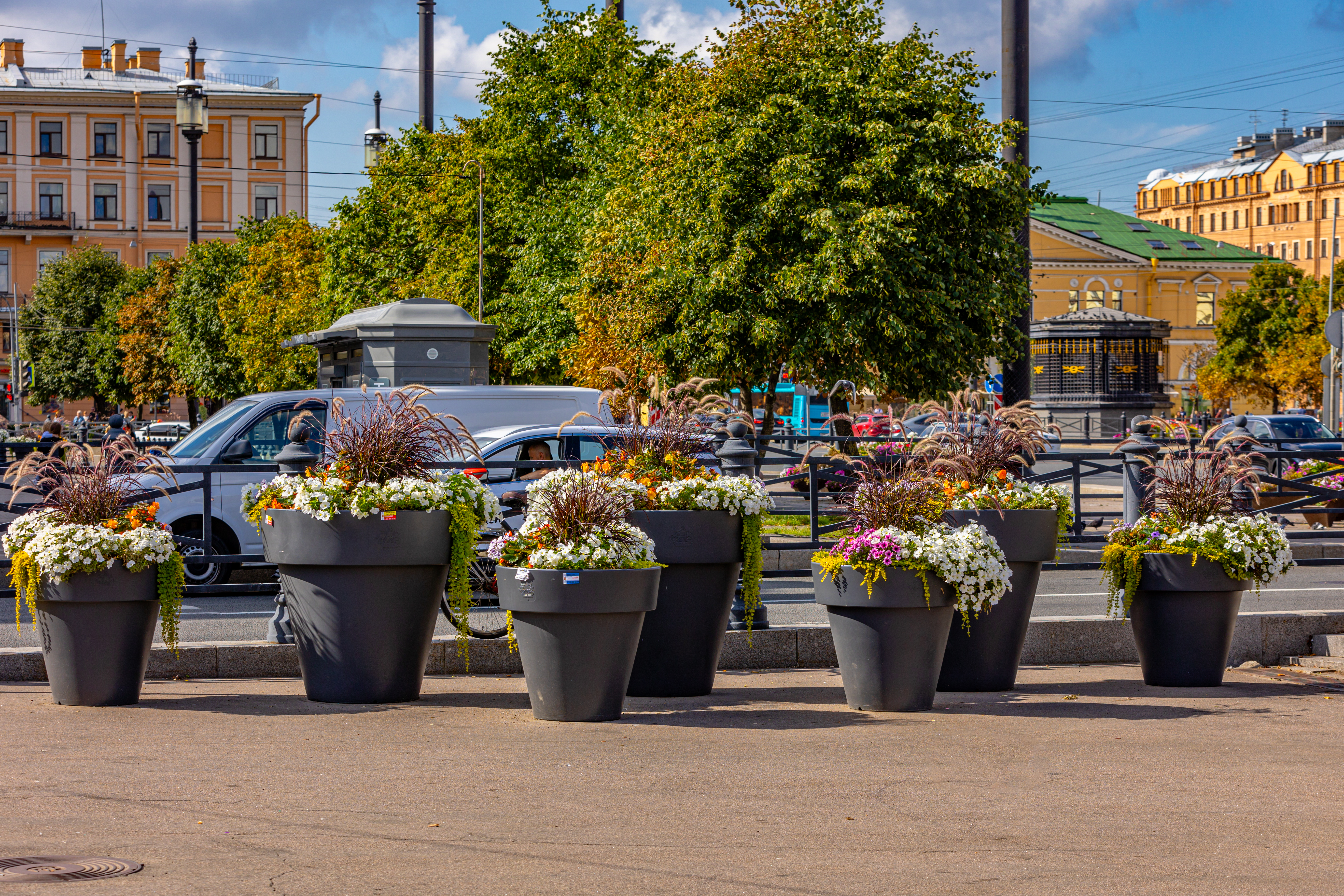 Back
Back
Sennaya ploschad (Sennaya Square)

Saint Petersburg, Sennaya ploschad
The Sennaya Square Ensemble is one of the oldest in St. Petersburg
The construction of the Sennaya Square ensemble started under Empress Anna Ioannovna in 1737. In the early years, Sennaya Square was mainly a marketplace for hay, straw and firewood trade, which is reflected in its modern name – Sennaya literally translates as “Hay”. It is interesting to note that hay was weighed on huge scales straight on the cart.
A street that was laid down from the Haymarket to Nevsky Prospect was first named Sennaya, and later renamed Sadovaya. In the 18th century it was the main shopping and merchant street of the city. Later, a road was laid from Sennaya Square to the south, heading in the direction of Moscow, Kiev and the suburban royal residence – Tsarskoye Selo. In 1753-1765, the Church of the Assumption of the Blessed Virgin Mary (one of the largest in the Northern Capital) was erected here, funded by the famous millionaire merchant Savva Yakovlev. In the second half of the 19th century, Sennaya Square turned into one of the most crowded squares in St. Petersburg. In 1883-1886, four buildings of the food market were constructed here upon the project of architect H. Küttner.
Sennaya Square is a frequent place of action in F.M. Dostoevsky’s novels. It was here that Raskolnikov finally decided to kill the old woman. The writer himself spent two days in the guardhouse on Sennaya in March 1874 for publishing an article “Kyrgyz deputies in St. Petersburg” in the magazine “Citizen” without special permission.
In this unique historical building of the guardhouse at 37 Sadovaya Street, the office of the St. Petersburg State Budgetary Organization “City Tourist Information Bureau” is located nowadays. Here you can get free information materials about the city.






 Listen
Listen  Download
Download